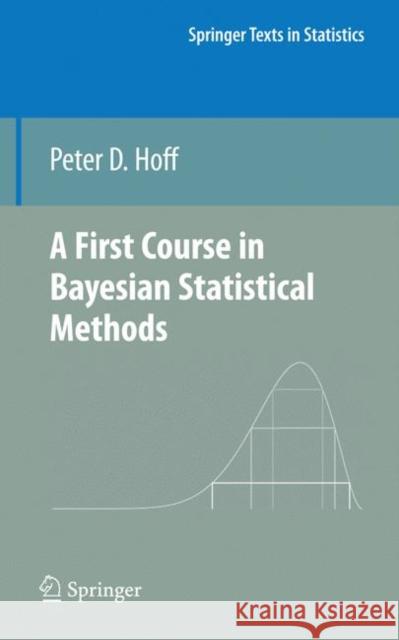A First Course in Bayesian Statistical Methods » książka
topmenu
A First Course in Bayesian Statistical Methods
ISBN-13: 9780387922997 / Angielski / Twarda / 2009 / 271 str.
- A self-contained introduction to probability, exchangeability and Bayes rule provides a theoretical understanding of the applied material.
- Numerous examples with R-code that can be run "as-is" allow the reader to perform the data analyses themselves.
- The development of Monte Carlo and Markov chain Monte Carlo methods in the context of data analysis examples provides motivation for these computational methods.











